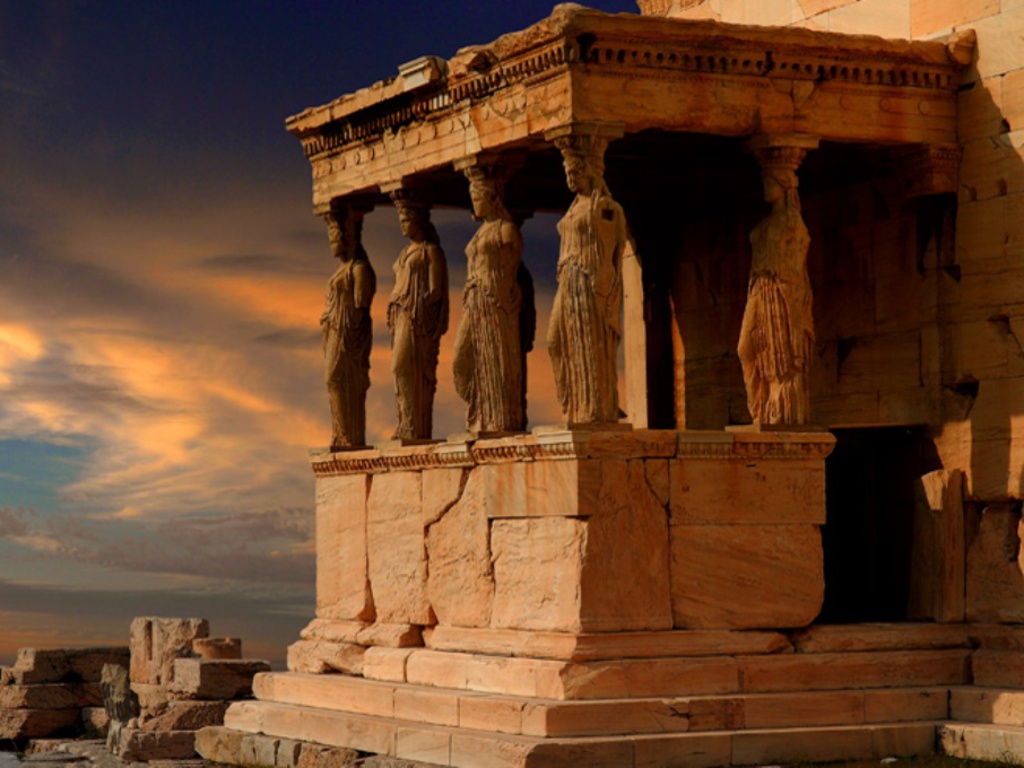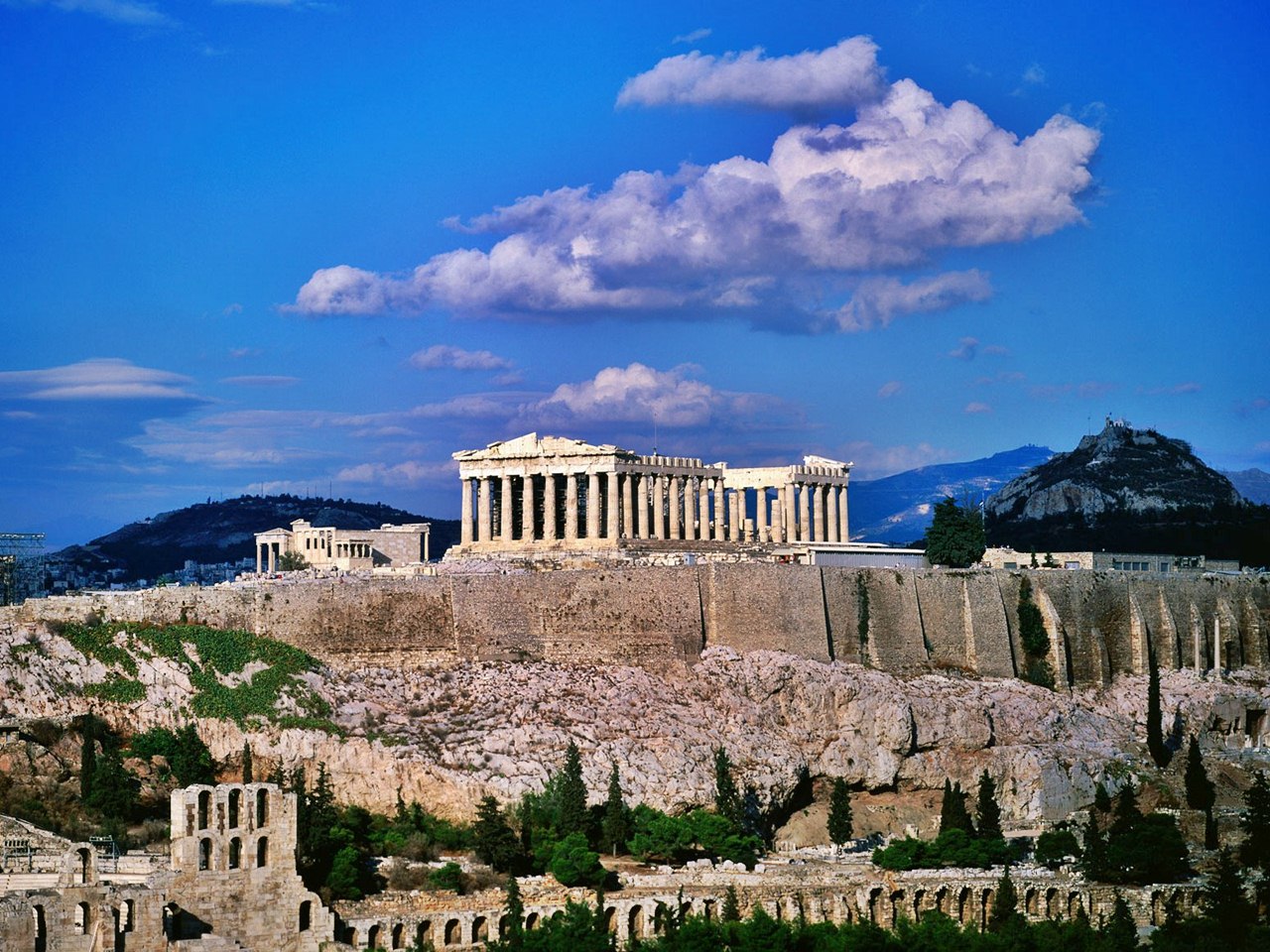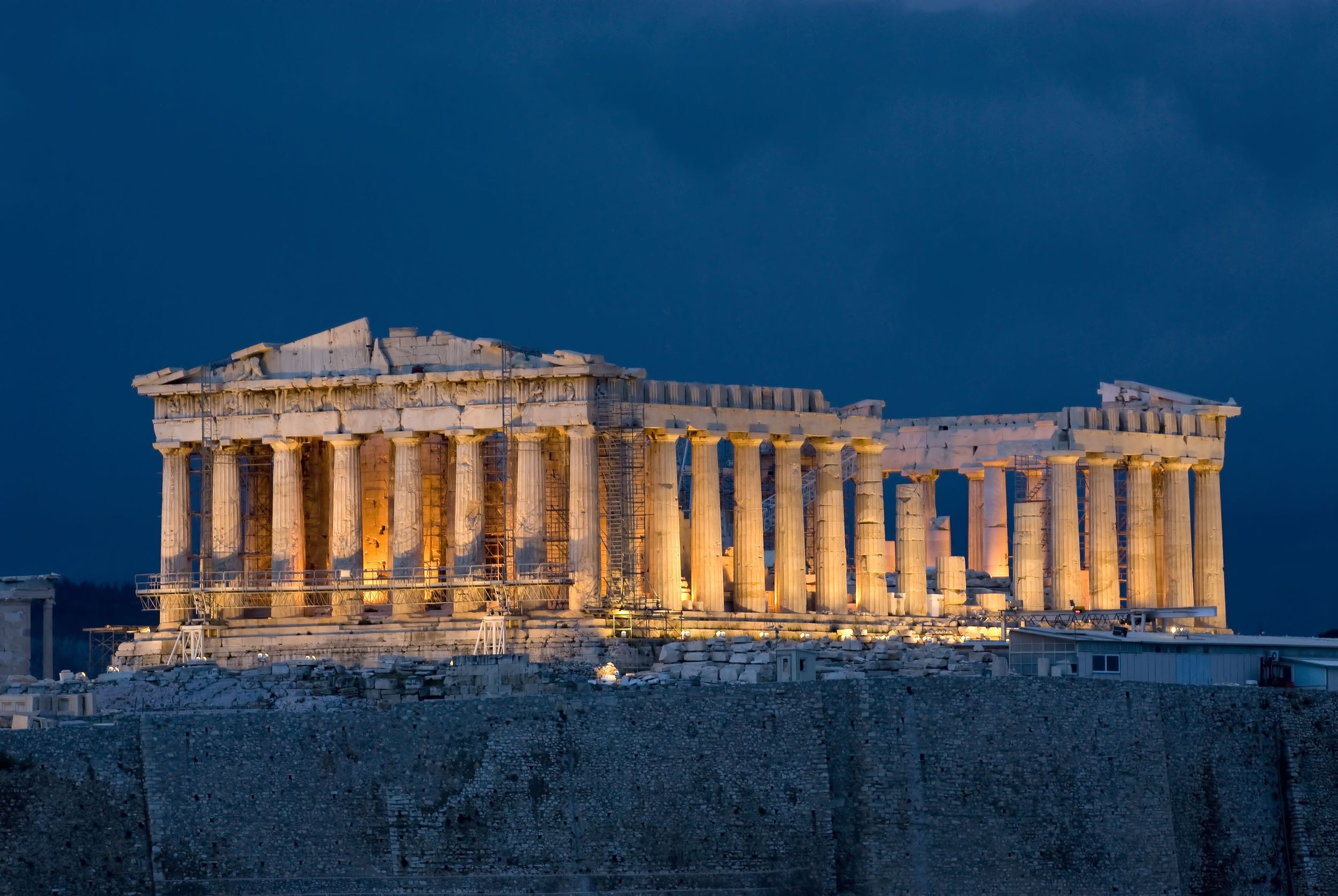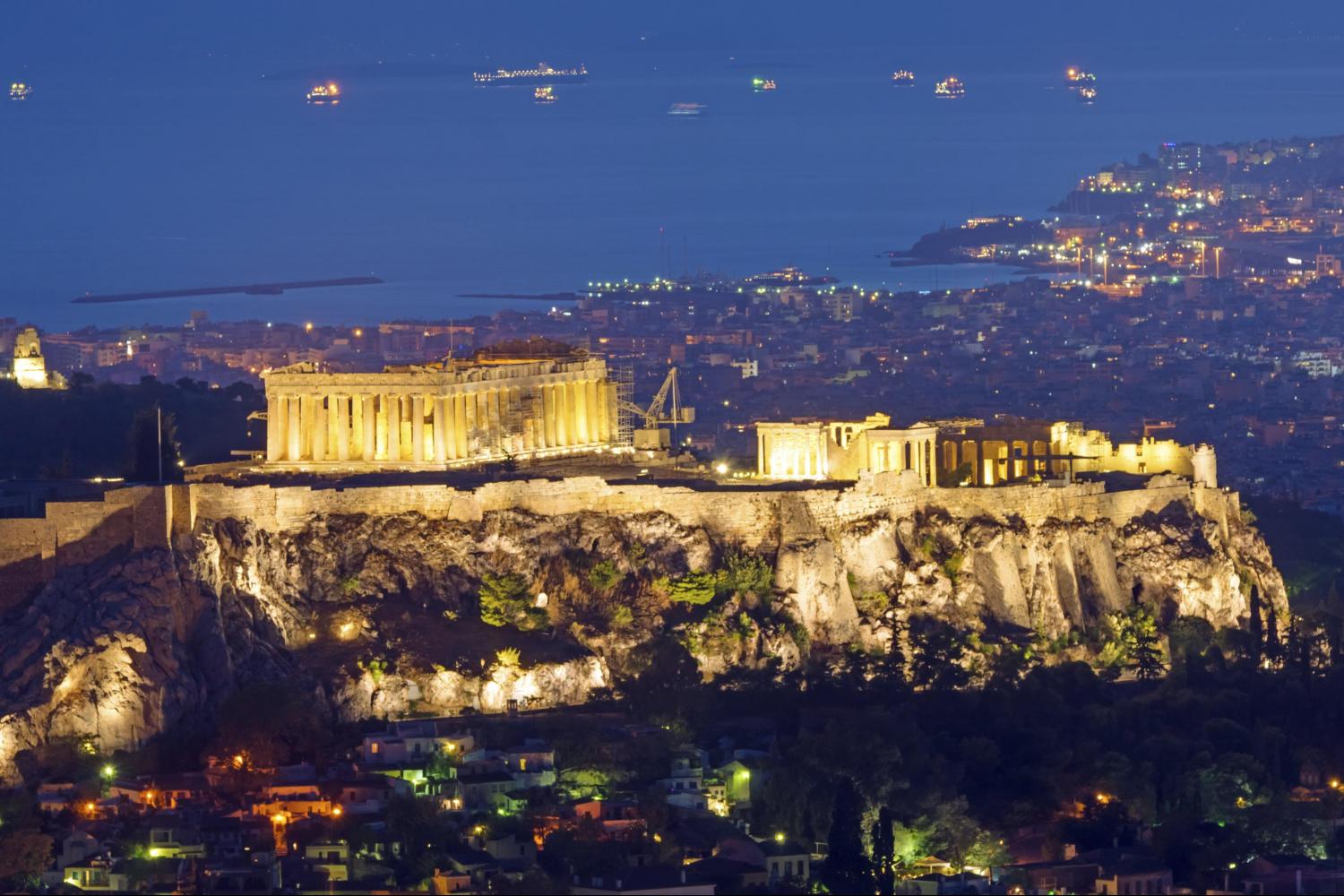The Athenian Acropolis is the supreme expression of the adaptation of architecture to a natural site. This grand composition of perfectly balanced massive structures creates a monumental landscape of unique beauty consisting of a complete series of masterpieces of the 5th century BC. The monuments of the Acropolis have exerted an exceptional influence, not only in Graeco-Roman antiquity, a time when in the Mediterranean world they were considered exemplary models, but in contemporary times as well.
From myth to institutionalized cult, the Acropolis, by virtue of its precision and diversity, bears a unique testimony to the religions of ancient Greece. It is the sacred temple from which sprang fundamental legends about the city. It illustrates the civilizations of Greece over more than a millennium. From the royal palace of kings in the 15th century BC and the Pelasgic walls of the first fortification, to the Odeon constructed in AD 161 by Herod Atticus, a unique series of public monuments was built and conserved in one of the densest spaces of the Mediterranean.
The Acropolis is located on a rocky promontory 156m above the valley of Ilissos; it covers a surface area of less than 3ha. From the 2nd millennium BC it was a fortress protecting places of worship and royal palaces. Access to the plateau was protected by a wall, the Pelasgicon, which existed prior to the invasions of the Dorians who threatened Athens beginning in 1200. After the fall of the tyrants, Hipparchus in 514 and Hippias in 510, the Acropolis was reconstructed. The Pelasgicon, which a Delphic oracle declared cursed, was destroyed. The upper town, deprived of its ramparts, was weakened, and in 480 the Persians under Xerxes took it over, looting and burning the sanctuaries. Paradoxically, the looting of the Acropolis in 480 BC guaranteed the conservation of one of the most impressive collections of archaic sculpture in the Greek world. The rampart was destroyed in 472-471, at the same time as the 'Long Walls,' which enclosed Athens and its port at Piraeus. With Pericles the 5th century BC marks the apogee of Athenian democracy. A period of several decades, 447-406 BC, saw the successive building of the main temple dedicated to Athena, the Parthenon; the Propylaea, the monumental entrance which replaced the Gate of Pisistratus, built on the very site of one of the entrances to the citadel of the ancient kings; the temple of Athena Nike; and the Erechtheion - the four masterpieces of classical Greek art. Although the disastrous Peloponnesian War and the capitulation of Athens in April 404 BC caused the demolition of the Long Walls, they did not affect the Acropolis monuments.
The sacred hill of Athens, whose monuments were the admiration of all, continued to be beautified by the powerful personalities of the moment, including the sovereigns of Pergamon, Cappadocia, and Egypt, Roman Emperors such as Claudius and Hadrian, and wealthy private citizens like Herod Atticus, the private tutor of Marcus Aurelius. The first incidence of damage to the monumental heritage of the Acropolis came at the time of the Herulian raid in AD 267. Since then and in spite of long periods of relative calm, the monuments and the site have been damaged many times. The Byzantines converted the temples into churches and removed their art treasures to Constantinople. After the fall of the Byzantine Empire in 1204, Athens was put into the hands of Frankish lords who had little respect for its ruins. When the Turks took over the city in 1456, it became a mosque, and the Erechtheion was used from time to time as the harem of the Turkish governor. In 1687, the most tragic of dates, the siege of the Acropolis by the Venetian armies of Morosini resulted in the explosion of the Parthenon, which the Turks used as a powder magazine. In the 19th century, with official authorization from the Sultan, Lord Elgin, ambassador of the King of England to the Sublime Porte, completed the pillaging by acquiring marble sections which since 1815 have been the pride of the British Museum. After a century of excavations and improvements of the site, the Acropolis is now a testing ground for the most innovative open-air conservation techniques aimed at safeguarding the marble sections, which have been affected by heavy atmospheric pollution.














